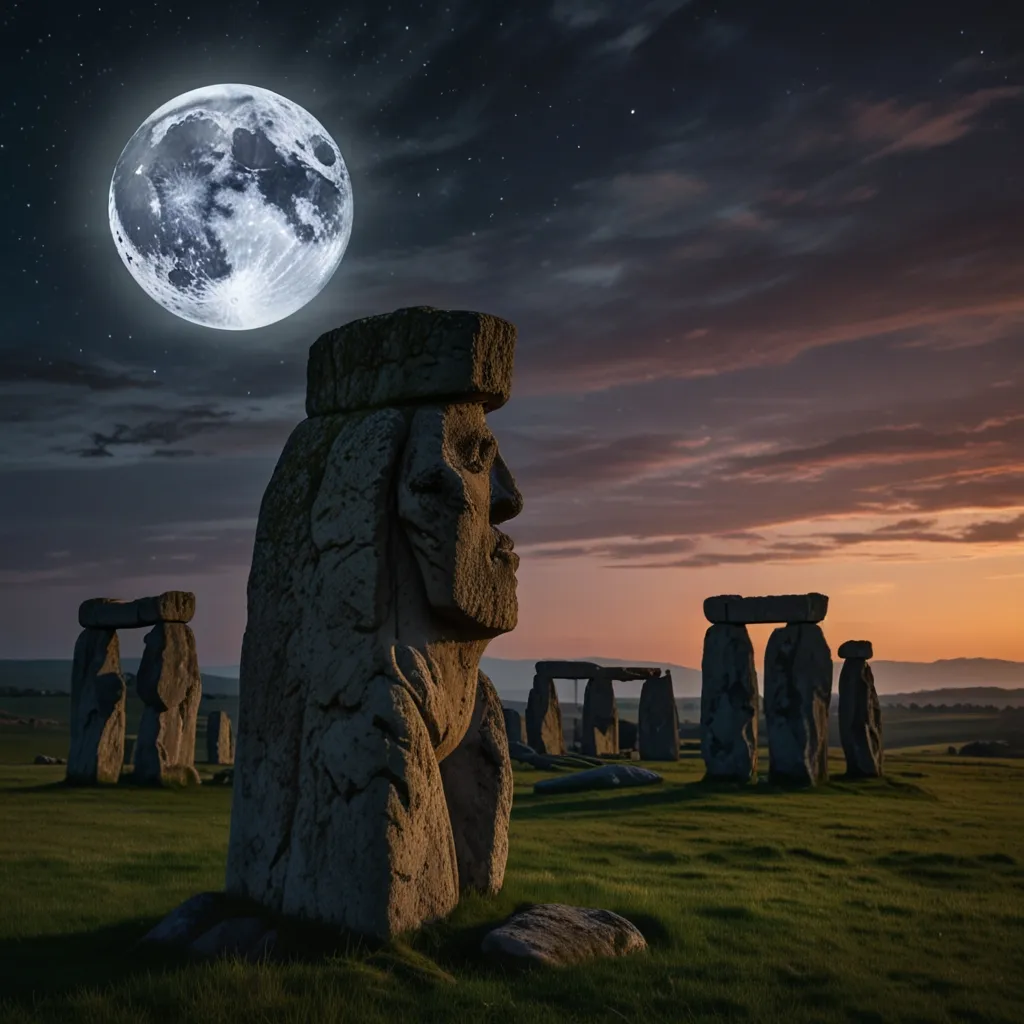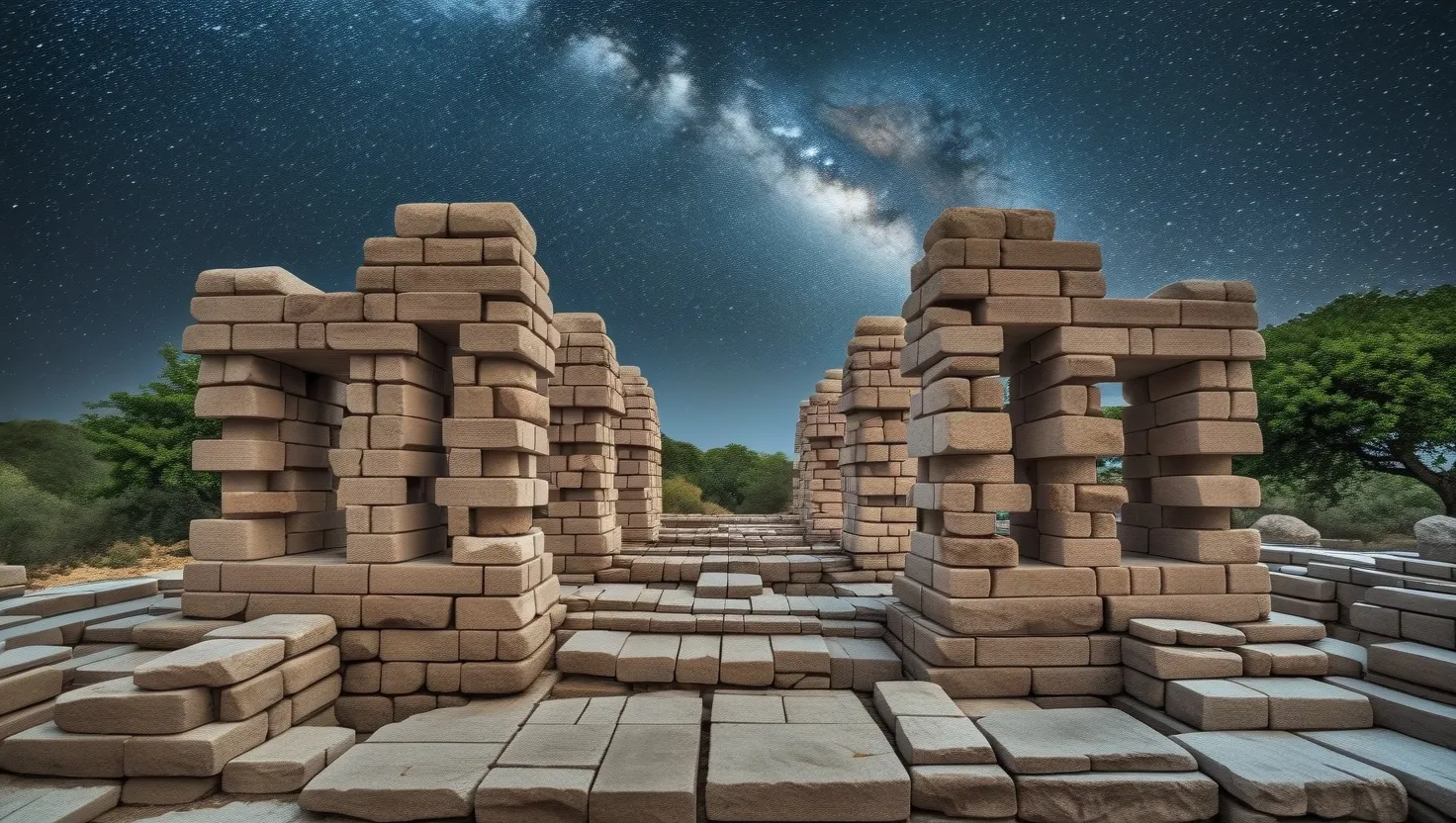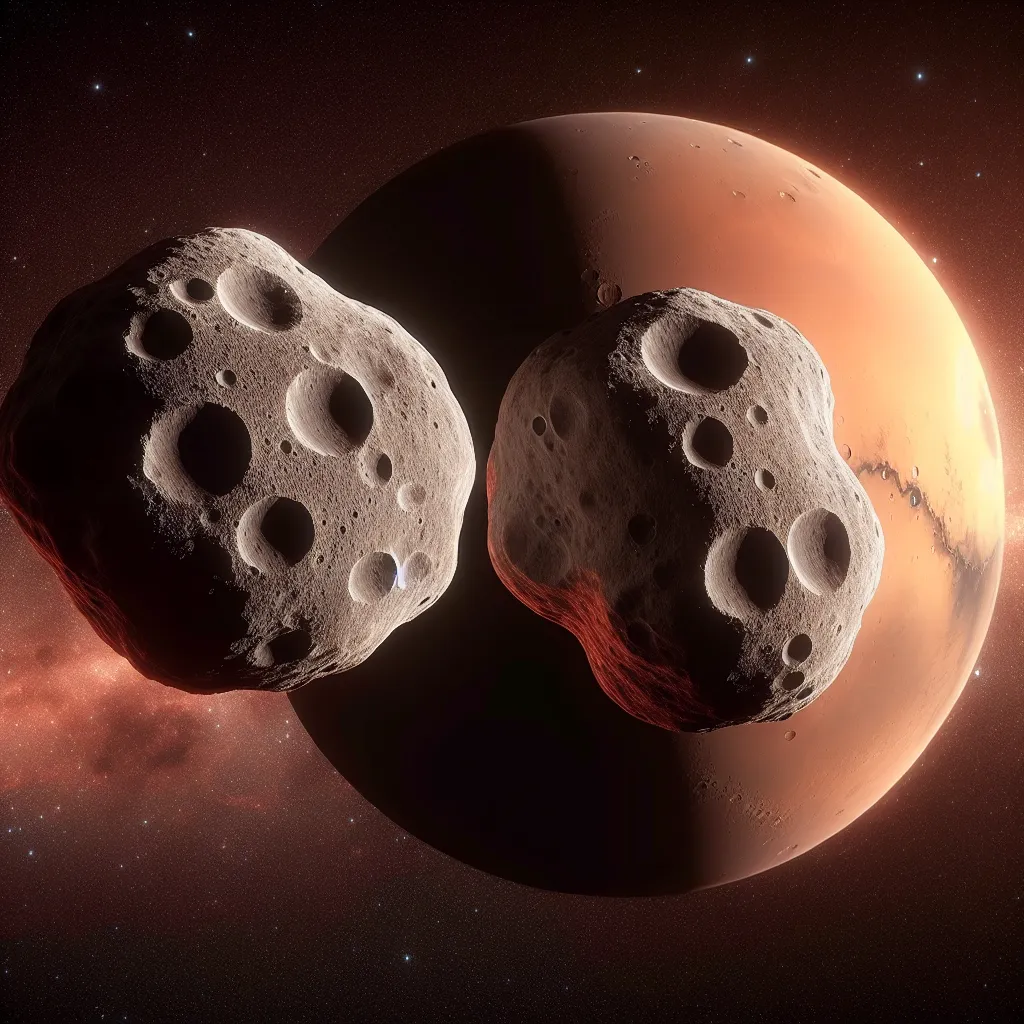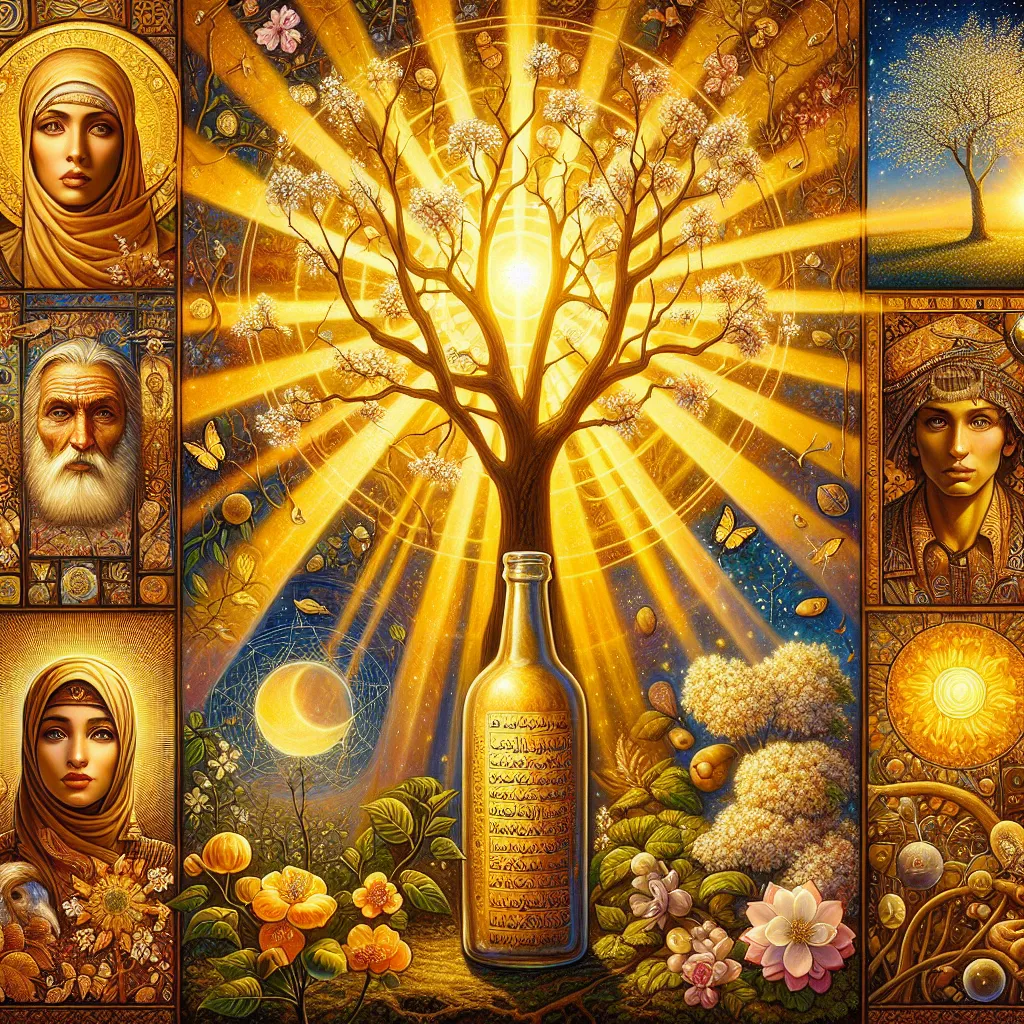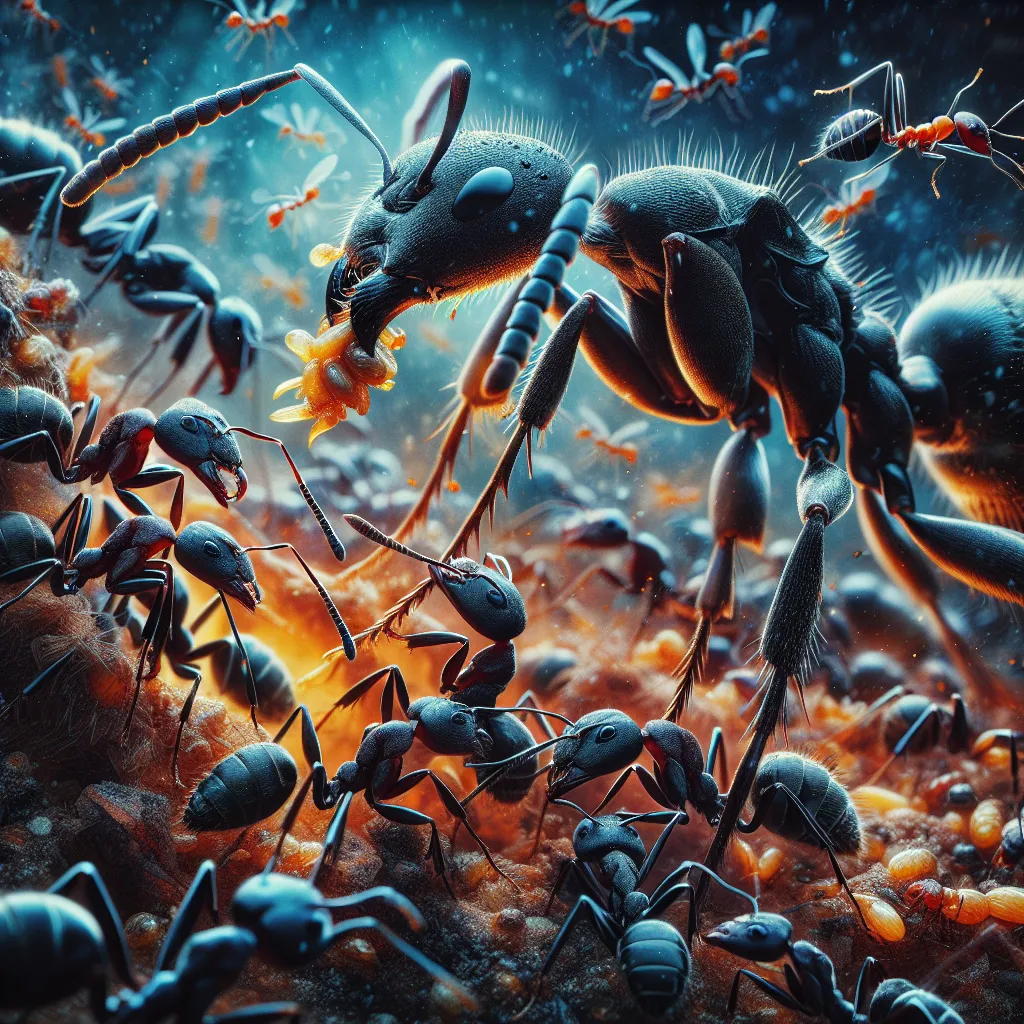Back in 1988 in Kent, England, archaeologists stumbled upon something extraordinary— the remains of a man from around the third century BC sporting an impressive headdress. This wasn’t just any headdress; it made researchers believe they’d found the skeleton of one of the first druids ever. Picture an ancient Celtic priest, deeply connected with the Shining Ones, the Tuath Dé Danann, a mystical group according to Irish legend. The Irish term for druids, “draoithe,” literally translates to “magic,” highlighting the connection between druids and the magical Tuath Dé Danann.
The story goes that the Tuath Dé Danann were the pioneers of druidism. The druids, in turn, were believed to possess incredible powers. It seems like the Tuath Dé Danann shared some of their advanced, possibly extraterrestrial, technology with the druids. Their religion stemmed from this powerful group, but interestingly, none of the sacred druidic knowledge was ever written down - it was deemed way too sacred. These druids dedicated decades to learning their mystical practices, becoming part of an ‘inner circle’ privy to the deepest secrets of the Tuath Dé Danann.
Often portrayed as shaman-like figures with mysterious powers, some scholars have debated their existence. Were they real, or just products of imaginative mythology? But historical evidence does indicate that druids were an essential part of Celtic life throughout the British Isles.
These druids were quite enigmatic. They held vast amounts of essential knowledge ranging from judiciary to spiritual and sacred aspects, vital for their tribes’ survival. In Celtic and Gaelic societies, druids wielded significant authority. They weren’t just priests; they were also historians, magicians, and many other roles rolled into one. They were the learned ones, spending up to twenty years studying to fulfill their various roles, including advising kings and acting as judges. What’s more, druidism wasn’t exclusive to men; women also practiced it, aligning heavily with the mystical Tuath Dé Danann.
Druids played with far more than just astronomy and nature’s harmony. They were skilled in geomancy and geodesy, knew the secrets of earth energies, and employed plant medicines. They had in-depth knowledge of arts and sciences not common to their time. They wandered far, gleaning wisdom from different cultures and collaborating closely with the Tuath Dé Danann, who revealed their so-called magical abilities.
Pliny the Elder, an important Roman writer, mentioned how druids would summon extraordinary phenomena during full moons. They’d sketch shapes resembling dragons on mounds, reportedly summoning lightning or other mysterious events in the sky, which terrified Roman soldiers who witnessed these happenings. Apparently, these druids knew certain spots’ unique powers, maybe even beckoning the Tuath Dé Danann themselves, the shimmering beings from the sky.
One of the druids’ most astonishing claimed powers was levitation. They supposedly used this to transport and position massive stones, like those seen in British Isles’ megalithic structures. Merlin, the well-known druidic figure, was said to have created Stonehenge. Legend tells that he moved a stone circle from Ireland to Salisbury Plain, raising those hefty stones into position using his magical abilities. The stones indeed came from far off, about 135 miles away in South Wales. People of the era believed it was Merlin’s doing.
Stories even suggest those enormous blocks at Stonehenge were levitated into place through magical incantations. But what kind of incantations are we talking about? It probably wasn’t just a case of chanting some words. There had to be some sort of otherworldly technology involved. The theory implies that this was extraterrestrial knowledge passed down from the Tuath Dé Danann to the druids.
This fascinating blend of myth and history paints a compelling picture of the druids. Whether they were real or born from ancient imaginations, their perceived power and wisdom deeply shaped the Celtic society’s cultural and spiritual landscape.
